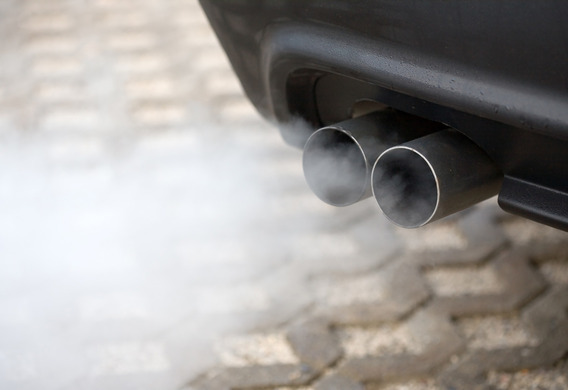
The exhaust system is designed for the extraction of gases from the internal combustion engine. But that doesn't mean that the smoke from the exhaust pipe is the norm. As a general rule, the exhaust gas of a serviceable vehicle is colourless or slightly white in the frost and wet weather.
There can be three colors:
1. Black (dark grey) smoke from the exhaust pipe
Black or grey smoke from the exhaust pipe indicates too "rich" fuel-air mixture, which in turn indicates a failure of the fuel system. Together with black smoke, it is generally possible to detect the difficulty of running the engine, the fall in power, the unstable idle speed, and the increased fuel consumption. Depending on the type of engine, there may be problems with carburettor (carburettor), sensors (petrol injection engine) or high pressure pump (diesel engine)
2. A thick white smoke from the exhaust pipe
White smoke with warm warmed up does not indicate a malfunction. The white man is made of a pair that is formed in the unsoaked "intestines" of a vehicle when the fuel is burned. In cold weather the steam may be formed by the warm up engine, which may have a connotation, which is also normal.
White smoke in warm dry weather means that antifreeze enters the cylinders. You need to diagnose the cooling system.
3. Exhaust pipe (bluish) smoke
The main reason for the emergence of the smoke is to get the oil to the cylinders. The oil can get into the cylinders through reciprocating rings or gaps between the valves and the valves. Smoke from the smoke usually occurs when the piston group is worn out. Smooter smoke is necessarily accompanied by increased consumption of motor oil.
It is important to understand that any change in the color, smell, and consistency of the exhaust is a diagnostic test. Otherwise, this could lead to serious problems with the engine.







